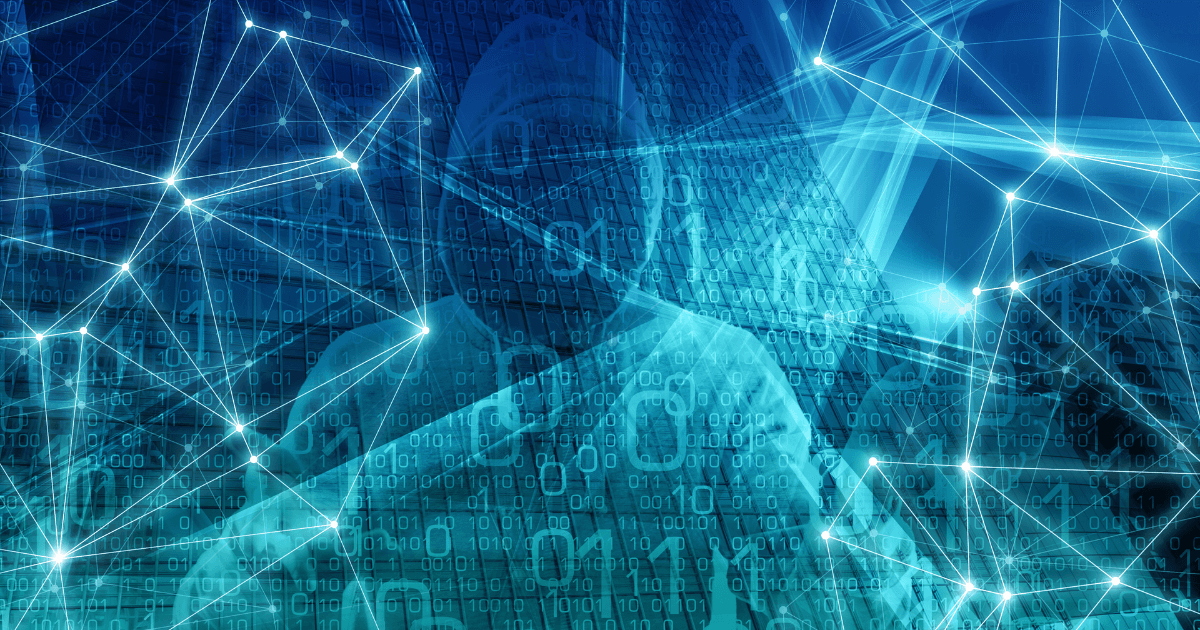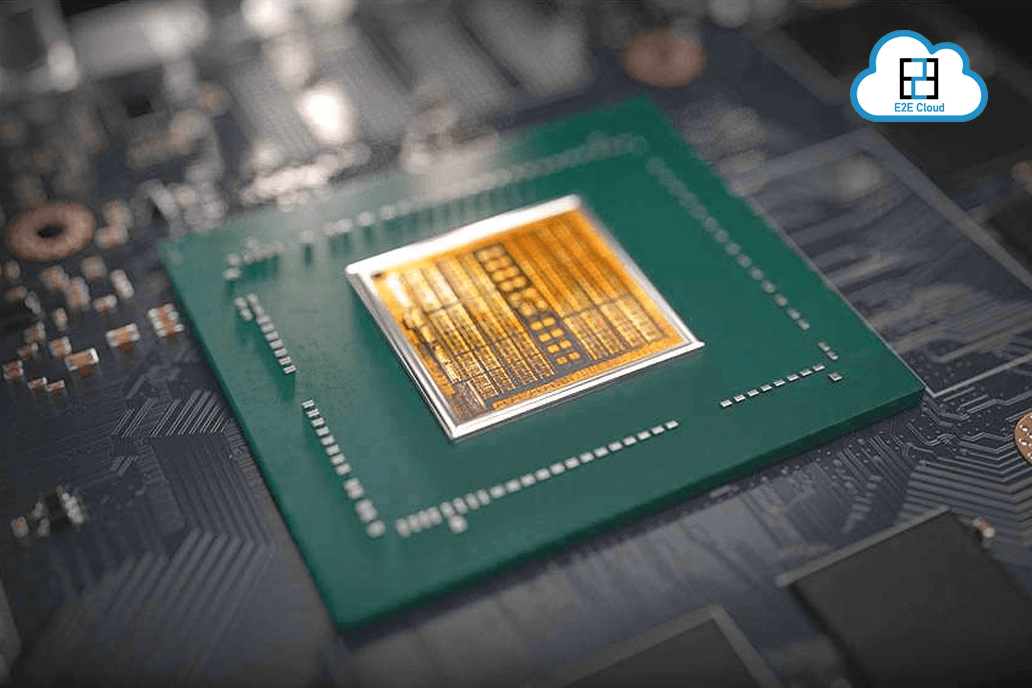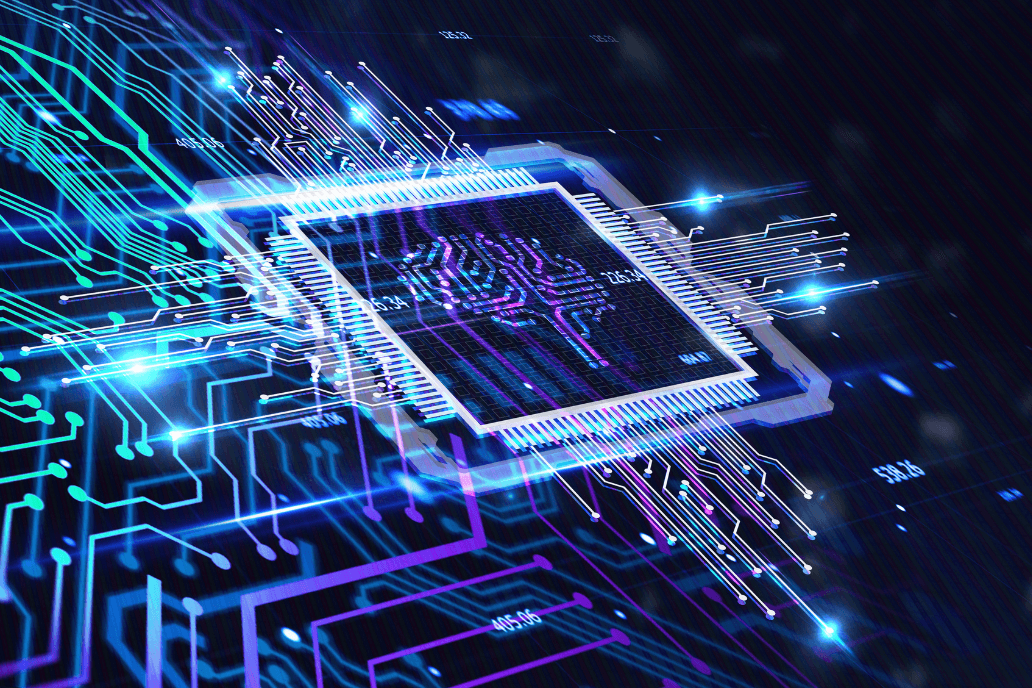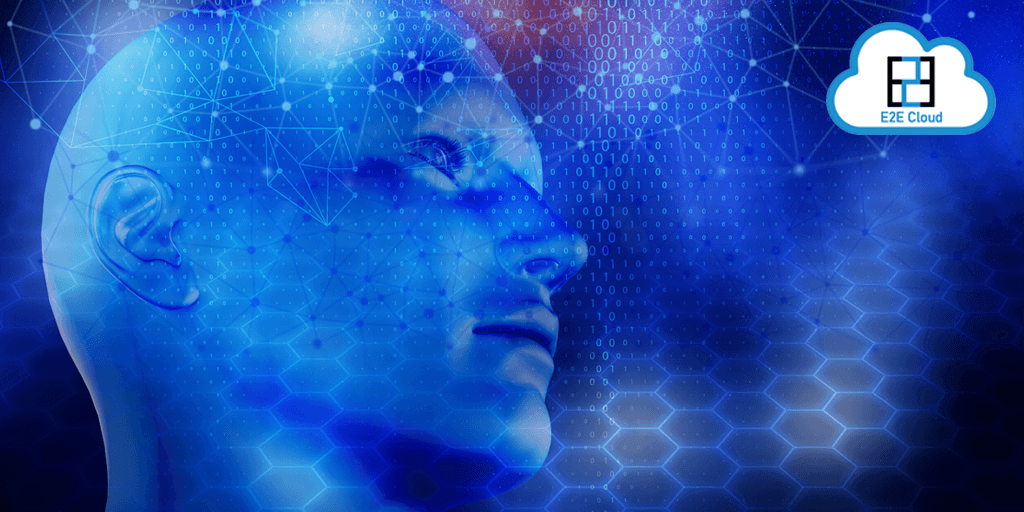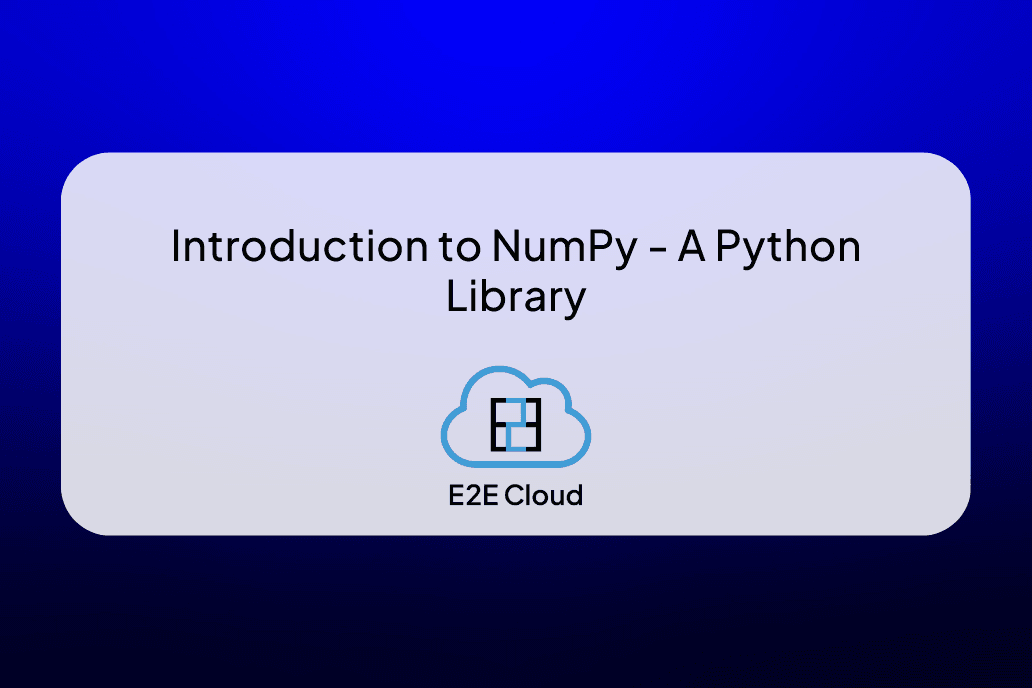Artificial intelligence (AI) is mostly everywhere and is transforming business as we know it, but many people are unaware—or do not consider—how AI is affecting our lives outside of the office in our daily lives.
Let’s dive deep into the various distinct ways in which AI is affecting and improving our personal lives on a daily basis.
AI Applications in Our Daily Lives
1. Navigation and maps
AI has significantly enhanced travel. Instead of depending on road maps or directions, you can now use your phone to enter your position to get Maps. So, how does the program determine where it should go? How about the best route, barriers, and traffic congestion? Previously, just satellite-based GPS was accessible, but artificial intelligence is now being added to provide customers with a far more advanced experience.
Using machine learning, the algorithms recall the boundaries of the structures they have learned, allowing for improved graphics on the map as well as recognition and comprehension of home and building numbers. The program has also been trained to recognize and interpret changes in traffic flow in order to offer the best path to avoid blockages and congestion.
2. Text Editors or Autocorrect
Machine learning, deep learning, and natural language processing are used by AI systems to detect incorrect language usage and suggest modifications in word processors, messaging apps, and seemingly any other written medium. Linguists or language experts and computer scientists work together to teach robots grammar and sentence framing structures in the same manner that you were taught in school. As these AI algorithms are trained on high-quality data, the editor will recognize if you’ve used a comma inappropriately or if any other punctuation is missing.
3. Algorithms for Search and Recommendation
Have you ever noticed that when you want to view a movie or make a buy online, the products that are presented to you are usually matched with your interests or recent searches? These clever recommendation systems have learned your behavior and preferences over time by watching your online activity. The data is gathered from your interaction with the front end of the application and then is fed to the AI algorithms to understand a pattern of your choices. The results of the algorithms are then used to foresee your interests and then only items relevant to your interest are shown to you. This increases customer engagement and profits for the organization.
4. Smart Home
When we think of employing AI to construct smart homes, voice assistants or voice bots immediately spring to mind. These AI applications, however, are not restricted to Smart-voice systems only. There are much more advanced uses of AI for making a home smart. For example, thermostat devices are used to adjust the temperature dynamically using AI, AI-enabled appliances have the feature of dynamically turning on and off to conserve the energy, and sensors in the home now use sentiment analysis algorithms to adjust the luminosity or color of the lights based on your mood, and there are many other examples of the ways AI is being utilized to make the traditional homes smarter. The AI being utilized is developing, and more and more solutions that comprehend our behavior and work properly are being produced.
5. Services in finance
Banks are among the industries that have embraced technological improvements more quickly than most others. Banking has progressed from the requirement to visit a physical location to doing operations from your mobile device. Banks employ AI in a variety of ways, including identifying fraudulent behavior, evaluating consumer investment trends, providing customer assistance, and so on. Have you ever gotten a bank notification when you perform a transaction on a new device? This is an example of how artificial intelligence may be used to detect potential fraud. Notifications from banks and financial institutions about their services and goods are instances of AI in analyzing your preferences, needs, and financial strength in order to recommend related items.
6. Use of AI in Social Media
To keep you active and "plugged in," social networking apps utilize AI to monitor content, propose relationships, and deliver advertisements to targeted individuals, among other things. AI systems can discover and swiftly eliminate problematic content that violates terms and conditions by using keyword identification and visual image recognition. The creation of neural networks in deep learning is an important component of the process, but it does not end there. Social media companies use their consumers like their products, they exploit AI to connect the right kind of prospects with the marketers or advertisers for whom the prospect might generate an easy lead. Social media AI may also assess what type of content a user prefers and propose comparable content to them.
7. Personal digital assistants
We commonly rely on digital assistants to accomplish tasks for us while our hands are full. You can ask the digital assistant to connect with your mother over a call while you're driving. AI will search your contacts for the term "Mom" and dial the phone number. Natural language processing (NLP), ML, DL, and statistics are used by these assistants to figure out what you want by analyzing your speech. You can feed pictures to AI algorithms to function similarly.
8. Surveillance and Security
The concept of AI conjures up images of it being utilized for large-scale monitoring. While ethics is a contentious issue, it is clear that AI is becoming more prevalent in this sphere. Monitoring the massive feed being provided from numerous cameras and other sensors is not only a time-consuming task, but it also has restrictions. AI monitors and analyses inputs using technologies such as face recognition, object and location identification, and so on.
9. E-commerce
AI-driven algorithms have given e-commerce the much-needed incentive to create a more customized experience. According to various assessments, its use has significantly enhanced sales and has also aided in the development of consumer loyalty. As a result, businesses use AI to deploy chatbots to collect critical data and forecast transactions in order to offer a customer-centric experience. Have you come across this adjustment in approach yet? Spend some time on sites e-commerce sites, and you'll quickly realize how quickly the environment is changing around you — for the better!
10. Medical Care
The application of artificial intelligence has given healthcare a new dimension. The emergence of AI-powered robots has made illness detection and diagnosis a little simpler. Furthermore, it is playing an important role in simplifying the treatment and management processes. As a result, hospitals and healthcare facilities are rapidly adopting AI-enabled technology to help with anything from research to illness diagnosis.
Conclusion-
AI is assisting people in becoming more productive and living better lives. Instead of viewing it as a competition, we should cherish it. As you can see, artificial intelligence has a daily influence on all of our lives. Whether we are using our smartphones, browsing the internet, purchasing items online, utilizing navigation, spending time on social media, or listening to tunes on our favorite music streaming service, AI is influencing our decisions in some manner.


